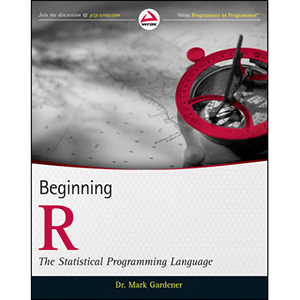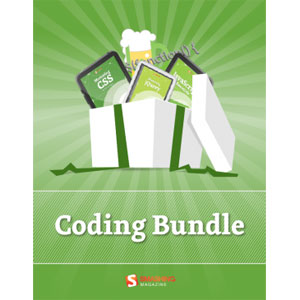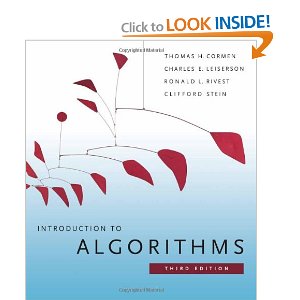Beginning R

Conquer the complexities of this open source statistical language
R is fast becoming the de facto standard for statistical computing and analysis in science, business, engineering, and related fields. This book examines this complex language using simple statistical examples, showing how R operates in a user-friendly context. Both students and workers in fields that require extensive statistical analysis will find this book helpful as they learn to use R for simple summary statistics, hypothesis testing, creating graphs, regression, and much more. It covers formula notation, complex statistics, manipulating data and extracting components, and rudimentary programming.
- R, the open source statistical language increasingly used to handle statistics and produces publication-quality graphs, is notoriously complex
- This book makes R easier to understand through the use of simple statistical examples, teaching the necessary elements in the context in which R is actually used
- Covers getting started with R and using it for simple summary statistics, hypothesis testing, and graphs
- Shows how to use R for formula notation, complex statistics, manipulating data, extracting components, and regression
- Provides beginning programming instruction for those who want to write their own scripts
Beginning R offers anyone who needs to perform statistical analysis the information necessary to use R with confidence.
From the Back Cover
Gain better insight into your data using the power of R
While R is very flexible and powerful, it is unlike most of the computer programs you have used. In order to unlock its full potential, this book delves into the language, making it accessible so you can tackle even the most complex of data analysis tasks. Simple data examples are integrated throughout so you can explore the capabilities and versatility of R. Along the way, you’ll also learn how to carry out a range of commonly used statistical methods, including Analysis of Variance and Linear Regression. By the end, you’ll be able to effectively and efficiently analyze your data and present the results.
Beginning R:
- Discusses how to implement some basic statistical methods such as the t-test, correlation, and tests of association
- Explains how to turn your graphs from merely adequate to simply stunning
- Provides you with the ability to define complex analytical situations
- Demonstrates ways to make and rearrange your data for easier analysis
- Covers how to carry out basic regression as well as complex model building and curvilinear regression
- Shows how to produce customized functions and simple scripts that can automate your workflow
Table of Contents
Chapter 1. Introducing R. What It Is and How to Get It
Chapter 2. Starting Out. Becoming Familiar with R
Chapter 3. Starting Out. Working With Objects
Chapter 4. Data. Descriptive Statistics and Tabulation
Chapter 5. Data. Distrib ution
Chapter 6. Si mple Hypothesis Testing
Chapter 7. Introduction to Graphical Analysis
Chapter 8. Formula Notation and Complex Statistic s
Chapter 9. Manipulating Data and Extracting Components
Chapter 10. Regression (Li near Modeling)
Chapter 11. More About Graphs
Chapter 12. Writing Your Own Scripts. Beginning to Program
Book Details
- Paperback: 504 pages
- Publisher: Wrox (June 2012)
- Language: English
- ISBN-10: 111816430X
- ISBN-13: 978-1118164303














